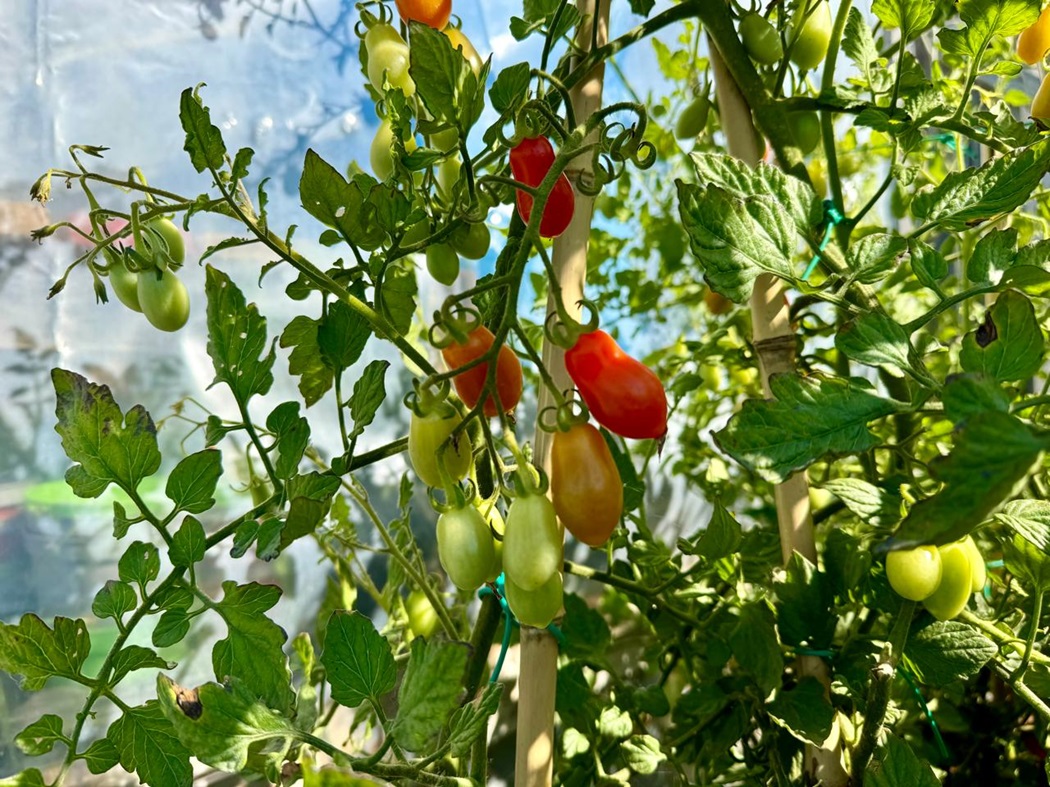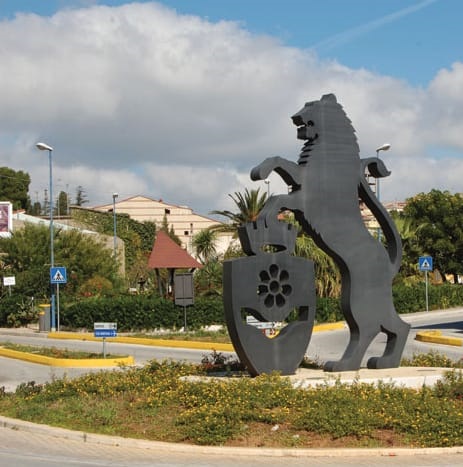June arrives and the fields begin to be dotted with red from poppies but also from tomatoes!
If we think of Mediterranean cuisine we think of tomatoes: can we imagine a Greece without tomatoes for its salad? A Spain without gazpachio? An Italy without pizza or pasta with tomato sauce? A Türkiye or Lebanon without stuffed tomatoes?
And finally, can we imagine a China without the cherry tomato stalls where you can buy raw little tomatoes as fruit on every street corner? I make a green tomato jam every year and when I prepare the tarts everyone is surprised by its particular and very fragrant flavour.
From a botanical point of view, we must say that the Chinese are right: the tomato is a fruit and has been classified by the United States Supreme Court as a vegetable from a fiscal point of view in order to pay less taxes. Other fruits are also used salted in salads, but only the tomato has made the cultural transition to being used more as a savory dish than as a fruit.
Indeed, the tomato is also drunk in the famous Bloody Mary cocktail (invented by a Frenchman but dedicated to the English Bloody Mary Queen) based on vodka, tomato juice, fresh lemon juice, a few drops of Worchestershire sauce, a few drops of Tabasco and typically served with a stick of celery.
History tells that the tomato came to us from Mexico after the discovery of America and, like the potato, it was not immediately accepted by people but underwent an evolution. Initially it was considered an ornamental plant because some of the introduced varieties were harmful to Europeans. Some witchcraft trials were even carried out by combining the tomato with other poisonous plants.

In Italy it was introduced by the royals of the Kingdom of the Two Sicilies who then brought them to Tuscany. The history of the name is interesting, in fact the Aztecs called them 'tomati' (today similar to present the English) while in Italy they were immediately called with the yellow variety of 'pomi - d'oro'.
It seems that the first pasta with tomato dates back to the early nineteenth century in the Bourbon Kingdom, the same place where the famous Pizza Margherita dedicated to the Italian Queen was born with the colors of our flag: tomato red, mozzarella white and basil green.
Today the varieties of tomatoes have reached a very high number and in the fruit-shop stalls there are different types on display, each with its own specific use in the kitchen. What is certain is that some species have become symbols of the territory in which they are produced: just think of the Pachino PGI tomato which comes from the town of the same name in Sicily, the San Marzano PDO in the plain behind Naples or the pinnacle tomatoes of Vesuvius put upside down to preserve in the tuff caves. Yellow tomatoes have also recently returned, but also the purple or black variety rich in aromas and with an intense flavour.
Even in Lazio we have our special tomato that grows on the shores of Lake Bolsena, but ours from Donna Vittori (www.donnavittori.com) are still unsurpassed and we offer them to visitors as the Chinese do: raw, freshly picked from the plant.
And for those who love history and would like to learn more about the introduction of the tomato into our cuisine with other dates and information, they can go to Parma or consult the website of the Tomato Museum.
We prefer to eat them directly in our fields or offer them in the tastings we organize.









Follow us